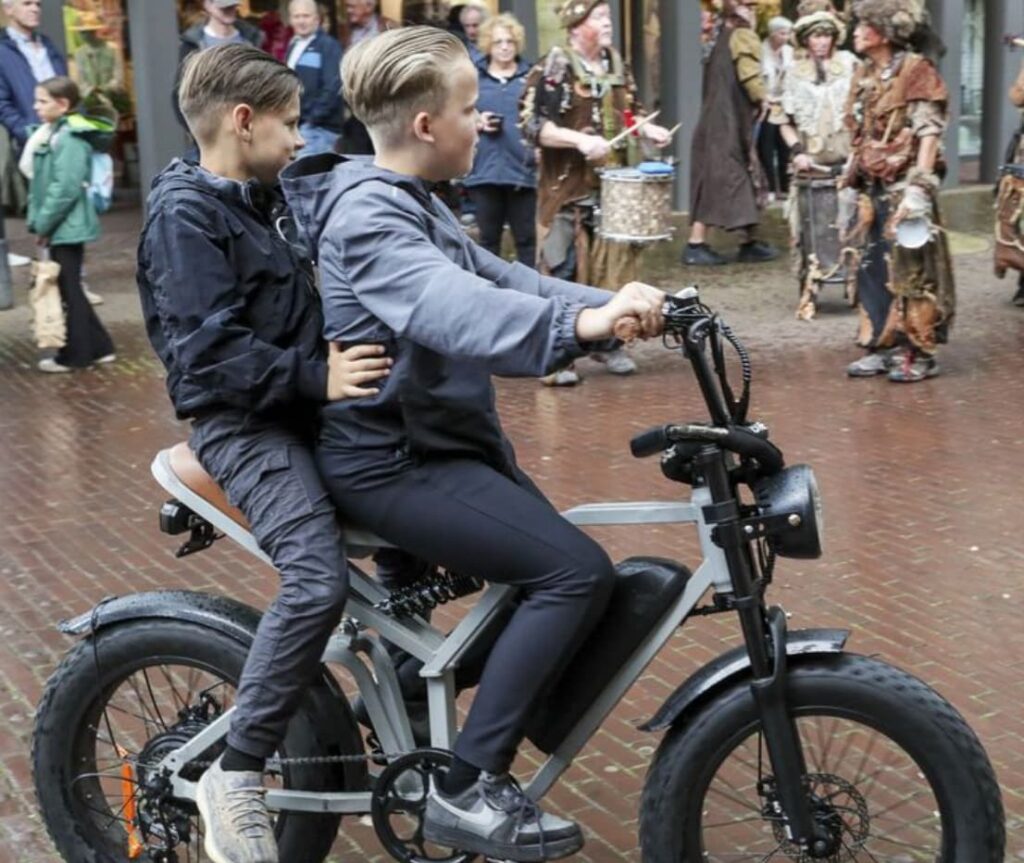
You don’t always have to look externally for the solution to a problem. Internal teams can also provide a fresh perspective, sees innovation expert Simone van Neerven. ‘The key to success often lies in breaking through the silos.’
Lack of cognitive diversity can have drastic results
“Why didn’t the CIA see the September 11 attacks coming?” asked Matthew Syed, author of the book ‘Rebel Ideas’, himself. After extensive research, he concluded that the CIA’s strict hiring policy had resulted in hardly any people working there with adequate knowledge of Islam. As a result, they were unable to see all the signs and connect the dots leading up to the attacks on that dramatic day. The CIA lacked cognitive diversity.
Every day we read about the importance of diversity in teams. Countless studies show that this generally leads to better results. To come up with the best innovations and solutions, it is often crucial to bring a completely different perspective.
Dare to deviate from the norm
In the 1990s, many villages in Vietnam struggled with a malnourished population. Instead of the usual question of how to feed these people, Jerry Sternin of Save the Children asked why some children from poor families were healthy.
He found that in most villages, families reduced the number of meals when they had limited food. The conventional village wisdom was also to avoid certain foods for reasons of status, and to eliminate feedings during bouts of diarrhea. As a result, families were almost continuously malnourished.
The healthy families had broken with tradition. They kept feeding small, but consistent portions of food many times a day, even to children with diarrhea. They gathered tiny shrimp from the rice fields and harvested sweet potato vegetables, a food that many looked down upon. By deviating from conventional wisdom, these families created new behaviors and increased their chances of survival.
Bumble's innovation team brought a different perspective
Often, the solution lies in doing things differently. In many organizations, the HR department is concerned with getting a more diverse and inclusive workplace. This is especially a struggle in teams where there is typically little diversity, such as in software development where the vast majority of employees are white men. Traditionally, expensive executive search agencies are hired to look for new talent.
The American Bumble, founded in 2014 by Whitney Herd, generally had no issues attracting diverse talent. There was one exception. They did not succeed in getting their tech teams more diverse. Only 14% of these teams were female and the LGBTQ+ percentages were much lower.
The leaders of these teams struggled and, together with HR, tried to recruit more diverse technical talent. But that was not a success. The traditional approach to recruitment did not result in good candidates for Bumble.
So the innovation team came to the rescue. They figured that an innovative collaboration could offer the solution. They got in touch with the Barcelona-based startup CodeOp, which focuses entirely on solving the so-called “pipeline problem”. This is the theory that diversity initiatives are failing because there simply are not enough skilled members of underrepresented groups — women, people of color, LGBTQ+ folks, disabled talent, and veterans — out there.
CodeOp’s mission is to help women and people from the LGBTQ+ community make the transition to a career in technology. Together with Bumble, they developed a concept in which CodeOp ensured the recruitment of talent and provided the training to become a skilled programmer or data scientist. Bumble paid for the full training and provided a monthly salary as a junior developer from day one of the training.
Win-win-win
This construction solved several problems at once. The participating junior software developers were able to follow the training full-time during the day, making it much easier to combine career and family responsibilities. This also removed the barrier to paying for training without any prospect of a job guarantee.
Because CodeOp is well connected to the LGBTQ+ community, they were able to reach talent easier than the traditional recruiting agencies or Bumble itself. Bumble’s tech teams were able to become a lot more diverse fast, increasing the quality of their products.
Letting go of the zero-sum mindset
Often different teams in organizations are so caught up in achieving results in their area that there is little to no connection with other teams. For example, the sustainability team works on making their existing products and services more sustainable, while the innovation team creates totally new products and services, replacing the existing ones. There could be great overlap and room for constructive collaboration between these teams. But in reality, often teams are competing for the scarce time and energy of leaders and employees. If one team wins, the other team loses (also known as a zero-sum mindset). This leads to sub-optimal solutions for the organization and in the end, everyone loses.
The key to success may well lie in breaking the silos and constructive collaboration between teams, as was the case with Bumble. This often starts with breaking the norm, asking a different question to solve the problem, and looking for win-win solutions.
This article was originally published in Dutch on MT/Sprout, the most popular business and management platform in the Netherlands.
don’t miss out!
get my columns straight into your mailbox:


